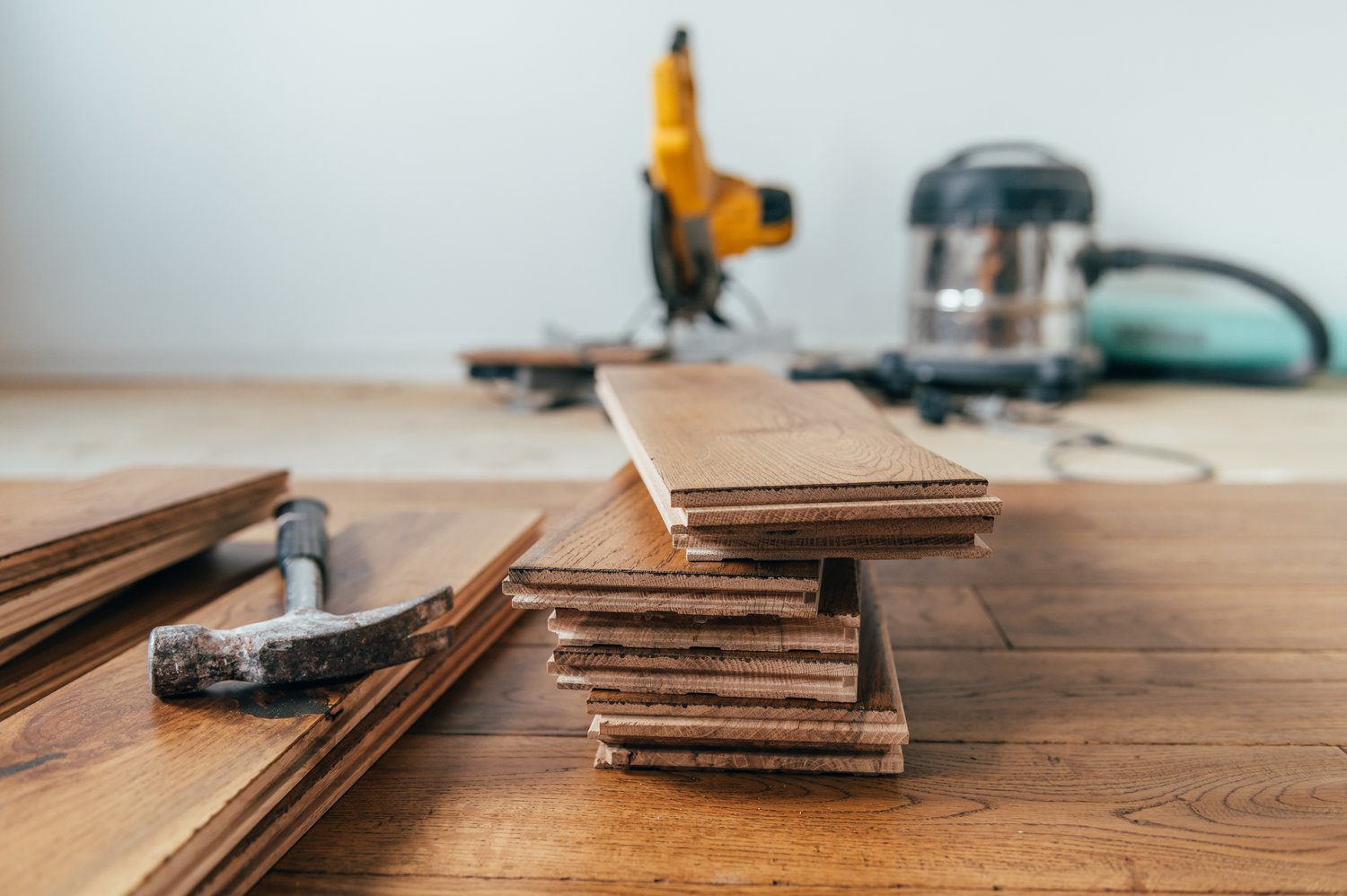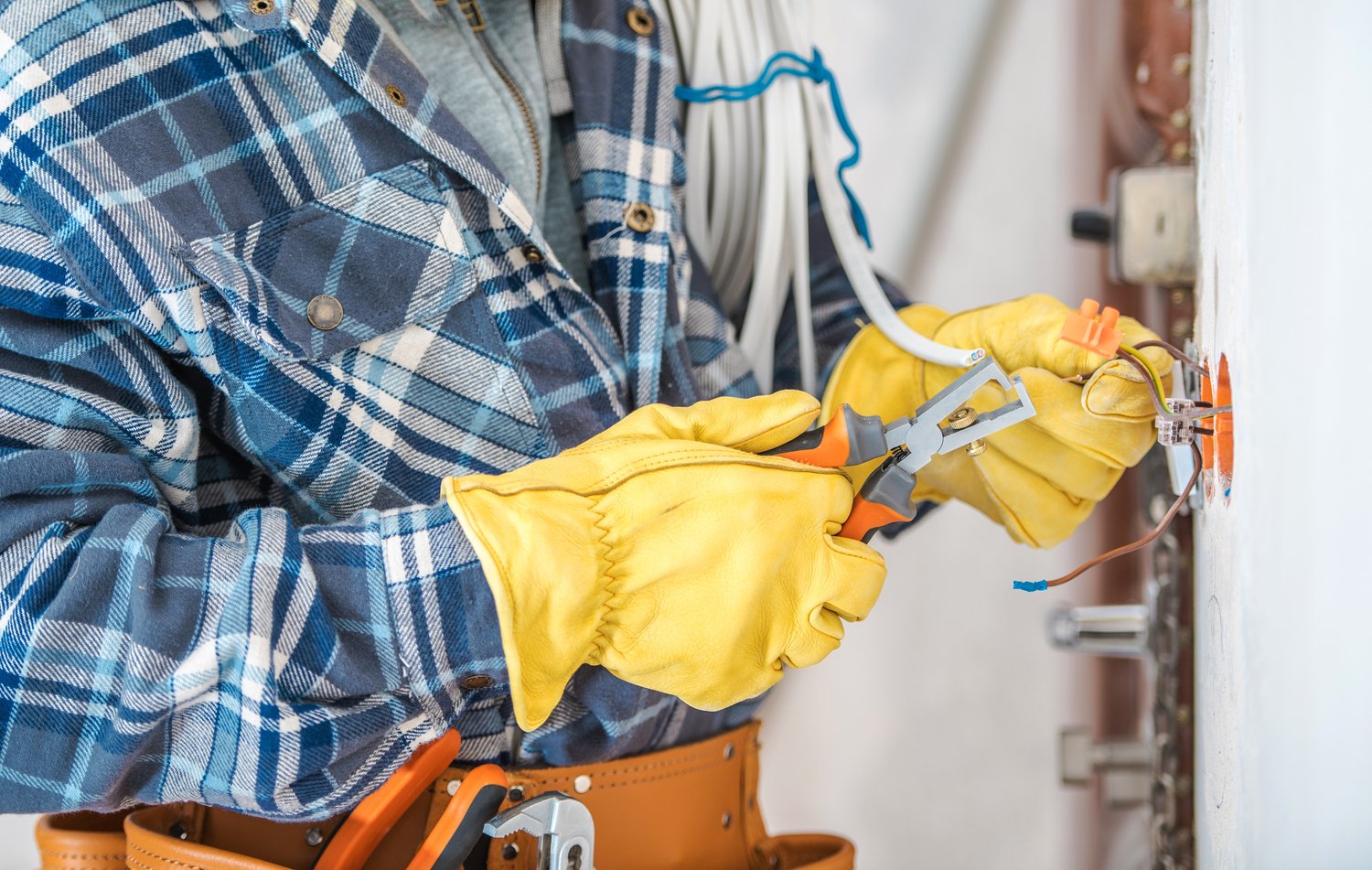Installing new flooring is an exciting home improvement project that can transform the look and feel of your living space. However, many homeowners skip one critical step that professionals consider essential: the acclimatization process. Allowing your new flooring materials to adjust to your home’s unique temperature and humidity conditions before installation is not just a suggestion—it’s a necessity for ensuring long-term durability and performance. This article explores why acclimatizing flooring before installation matters, how to do it properly for different materials, and what potential problems you can avoid by following this important step.
Understanding Acclimatization: What and Why
Acclimatization is the process of allowing flooring materials to adjust to the temperature and humidity levels of the environment where they will be installed. Wood, laminate, and luxury vinyl plank (LVP) are particularly susceptible to expanding and contracting with changes in atmospheric conditions. When these materials are manufactured and stored in warehouses or delivery trucks, they’re exposed to environments that likely differ significantly from your home. The moisture content of the materials will try to reach equilibrium with the surrounding air, causing dimensional changes.
The proper flooring installation steps always include an acclimatization period because skipping this crucial phase can result in gaps, buckling, warping, or even complete failure of your new floor. Materials need time to “breathe” and adjust, especially if they’ve traveled from different climate zones or been stored in non-climate-controlled environments. This adjustment period allows the flooring to settle into its final dimensions before being secured in place, preventing future movement that could compromise the installation.
Why Acclimate Hardwood Floors: The Science Behind the Practice
Hardwood floors are particularly sensitive to environmental conditions due to wood’s hygroscopic nature—meaning it naturally absorbs and releases moisture from the air. When discussing why acclimate hardwood floors, we must understand that wood can expand by up to 1/4 inch per 10-foot board width with moisture absorption. If installed without proper acclimatization, this expansion can force boards against each other, causing them to cup, crown, or buckle.
The ideal moisture content for hardwood flooring varies by region, typically ranging from 6-9% in dry climates to 10-13% in humid areas. Professional installers use moisture meters to ensure the wood has reached an appropriate level for your specific location. Hardwood typically requires the longest acclimatization period—a minimum of three days, though some exotic species may need up to two weeks. Experts at AskHomey always ensure adequate acclimatization time for hardwood installations, recognizing this step as fundamental to preventing flooring problems down the road.
LVP Acclimatization Period: Modern Materials Need Adjustment Too
While luxury vinyl plank (LVP) flooring is marketed as being more stable than wood, it still requires an acclimatization period before installation. The LVP acclimatization period is typically shorter—usually 24 to 48 hours—but remains essential for optimal performance. LVP contains plastics and composites that respond to temperature fluctuations, though less dramatically than natural wood.
Even with its water-resistant properties, LVP can still expand and contract slightly with environmental changes. Without proper acclimatization, these dimensional changes might lead to clicking sounds when walked upon, separation between planks, or lifting at the edges. Since LVP often utilizes click-lock systems that depend on precise dimensions for proper connection, allowing the material to stabilize in your home’s conditions ensures these locking mechanisms function correctly over time.
Proper Techniques for Acclimatizing Different Flooring Types
The correct approach to acclimatizing flooring before installation varies by material type. For hardwood, open the boxes at both ends and remove any plastic wrapping. Stack the boxes in a crisscross pattern to allow air circulation around the boards. Place them in the center of the room where they’ll be installed, away from direct sunlight, heating vents, or air conditioning units that might create microclimates.
For laminate flooring, leave the material in unopened boxes for 24 hours, then open the ends for another 24-48 hours. This gradual approach prevents rapid moisture changes that could damage the product. LVP should be kept in unopened boxes for at least 24 hours in the installation space, then removed and stacked loosely if the manufacturer recommends it.
The room should maintain the temperature and humidity levels that will be typical when the space is in normal use. Ideally, keep the temperature between 65-75°F and humidity between 35-55%. These conditions should be maintained not just during acclimatization but also during installation and for several days afterward to prevent flooring problems related to environmental adjustments.
Seasonal Considerations and Long-Term Benefits
Acclimatization becomes even more crucial when installing flooring during extreme seasons. Summer installations in humid areas may require dehumidifiers during the acclimatization process, while winter installations in dry climates might benefit from humidifiers to prevent excessive shrinkage later. Understanding your local climate patterns helps determine the optimal acclimatization approach for your specific situation.
The time invested in proper acclimatization pays dividends through the extended lifespan of your flooring. Beyond preventing visible issues like gaps or buckling, acclimatized materials perform better acoustically, with fewer creaks and noises as you walk. They also maintain their aesthetic appeal longer, with fewer issues like peaking at the seams or cupping that can make even new floors look aged prematurely.
For more tips and to connect with reliable home service professionals, follow AskHomey on Facebook and Instagram.



